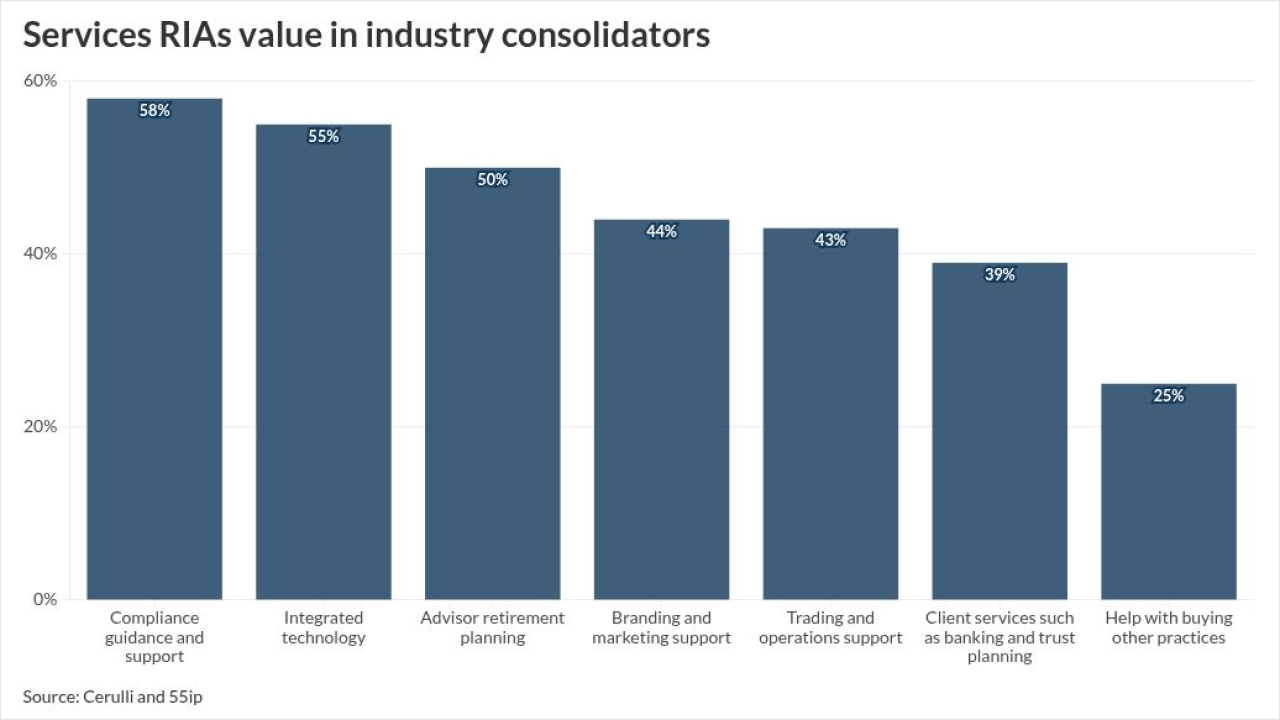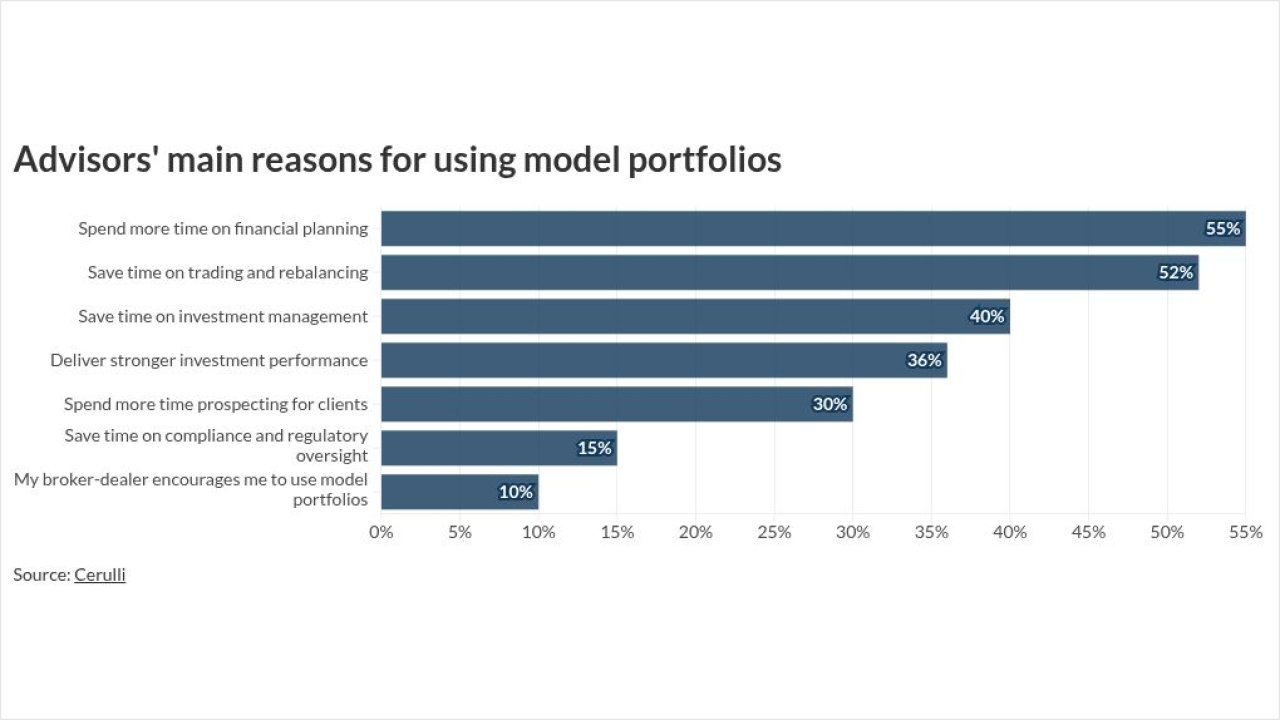
Lawmakers' approvals at the end of 2015 ONCE again brought qualified charitable distributions back to life. What is different this time is that this valuable tool for charitably minded holders of IRAs is now available permanently.
This ends years of last-minute renewals and provides much needed certainty for both financial advisors and clients looking to take advantage of QCDs. The planning can now begin early in the year, with certainty.
QCD BENEFITS
Going forward, advisors should discuss the benefits of this strategy with clients who are charitably inclined. A significant benefit is that a QCD can satisfy a client’s required minimum distribution for the year, up to the $100,000 annual limit.
For example, if Jean has a $24,000 RMD for next year, she could do a $24,000 QCD and satisfy her RMD. Jean could even contribute more than her RMD if she wishes, up to the annual $100,000 limit.
If clients normally give to charity, the benefit of a QCD is that the amount transferred from the IRA to the charity isn’t included in adjusted gross income for the year.
By not including the distribution in AGI, a client can potentially avoid the loss of exemptions, deductions, credits and phaseouts; the alternative minimum tax; the 3.8% surtax on net investment income; and the increase in Social Security premiums for Medicare Part B and Part D. Jean would not have to include her $24,000 RMD in her AGI for next year, which may potentially preserve valuable tax breaks for her.
A QCD is also a way for a client who uses the standard deduction, which many older clients do, to get a tax break for a contribution to charity. The key planning point to remember is that QCDs lower AGI. This makes the QCD a more tax-efficient way to give to charity. In other words, the cost of the donation is lower due to the additional tax savings from using the QCD provision, as opposed to including the IRA distribution in income and taking a deduction for the charitable contribution.
MUST BE 70 1/2
Clients who are eligible to do a QCD are IRA owners and IRA beneficiaries age 70 ½ and older. A QCD can be made only if the distribution is made on or after the date that the IRA owner or the beneficiary actually reaches 70 ½, not simply in the year the owner or beneficiary reaches that age.
This isn’t how other age 70 ½ IRA rules are interpreted. For example, Karen wants to make a QCD to her church. She turns 70 on Jan. 2. She can’t make her QCD until after July 2, when she turns 70 ½.
NO ONGOING SEP OR SIMPLES
QCDs apply to IRAs and Roth IRAs. However, there is no benefit to using a Roth IRA, because the tax was already paid to get the funds into a Roth IRA.
In addition, most Roth IRA funds are after-tax funds, and QCDs can’t be done with after-tax funds.
QCDs also apply to SEP and Simple IRAs that aren’t ongoing. An ongoing SEP and Simple plan is defined as one where an employer contribution is made for the plan year ending with or within the IRA owner’s tax year in which the charitable contributions would be made.
A client may not take a QCD from an employer plan.
$100,000 ANNUAL LIMIT
QCDs are capped at $100,000 per person per year. For a married couple where each spouse has IRAs, each can contribute up to $100,000 from his or her own IRAs. However, there will be no gift-splitting allowed for these charitable distributions. An IRA owner won’t be able to make a distribution of $200,000 and split that gift with his or her spouse.
For example, if Eric and Jessica both have IRAs, Eric can’t make a charitable transfer of $200,000 from his IRA and then split the gift with Jessica.
If more than $100,000 is withdrawn from the IRA and then is contributed to a charity, there is no carryover to a future year. The excess is taxable income, and a charitable deduction can be claimed if the taxpayer itemizes.
QCDs apply only to taxable amounts. No basis (nondeductible IRA contributions) can be transferred to charity. This is an exception to the pro-rata rule, which usually applies to IRA distributions.
Charitably Minded
A QCD may be a good planning strategy, therefore, for a client who is charitably minded and also considering a Roth IRA conversion for the after-tax funds.
For example, Dave, 73, has an IRA that includes both taxable funds and basis. He could do a QCD to his favorite charity to satisfy his RMD. The QCD would include only taxable funds. If Dave decides to convert his IRA to a Roth IRA, the QCD would help to lower the amount of the conversion that is taxable, because a larger percentage of the IRA funds remaining after the QCD would consist of basis.
DIRECT TRANSFER REQUIRED
Clients who want to do a QCD, must make a direct IRA transfer to the charity. It is required that the funds move directly from the IRA to the charity.
Advisors should instruct the IRA custodian to make the distribution check payable to the charity of the client’s choice.
A check from the IRA that is payable to a charity and that is sent to the IRA owner for delivery to the charity will be treated as a direct payment.
NO BENEFIT BACK
The client can’t take a withdrawal from an IRA and give the funds to the charity. If that is done, then the QCD provision won’t apply and the distribution will be taxable. However, the client may still be able to take a tax deduction for the contribution.
A QCD can be made only to a charity that is eligible to receive tax-deductible charitable contributions under IRS rules. The QCD rules don’t apply to gifts made to private grant-making foundations, donor-advised funds or charitable-gift annuities.
The contribution to the charity would have had to be entirely deductible if it weren’t made from an IRA. There can be no benefit back to the taxpayer.
CHARITABLE SUBSTANTIATION
Advisors should warn clients that even a meal or small token given away by the charity isn’t allowed. The distribution from the IRA to a charity can satisfy an outstanding pledge to the charity without causing a prohibited transaction.
The charitable substantiation requirements apply. Clients should have documentation to substantiate the donation, something in writing from the charity showing the date and amount of the contribution.
Make sure clients obtain that information when the QCD occurs.
Because last-minute retroactive revivals of the QCD provision happened almost every year since QCDs were first introduced, many advisors told their clients to make QCDs earlier in the year, even though such distributions weren’t actually QCDs at the time.
2015 QCDS
Advisors offered this strategy with the expectation that Congress would ultimately bring back the provision retroactively, as it had done every other time that it has expired in the past.
The strategy paid off, and those distributions are treated as valid 2015 QCDs, as long as all the applicable QCD rules were followed.
Other clients may have waited until after the law extending QCDs was passed in December to act. For those clients, there was a very narrow period of time to act.
Due to the fact that certainty with regard to the QCD provision once again didn’t happen until late in December 2015, many advisors and clients were hoping for some sort of QCD transition or grace period similar to what occurred in January 2013, when QCDs made that month could be treated as if they had been made in December 2012.
There is no transition or grace period available for 2015 QCDs. A 2015 QCD would have to leave a client’s IRA no later than Dec. 31, 2015, to be valid.
2016 QCDs
For the foreseeable future, clients will not have to wait until late in the year to have certainty about the availability of QCDs. Advisors can now recommend this strategy at any time for charitably inclined clients.
Ed Slott, a CPA in Rockville Centre, N.Y., is a Financial Planning contributing writer and an IRA distribution expert, professional speaker and author of several books on IRAs. Follow him on Twitter at
Read more:





